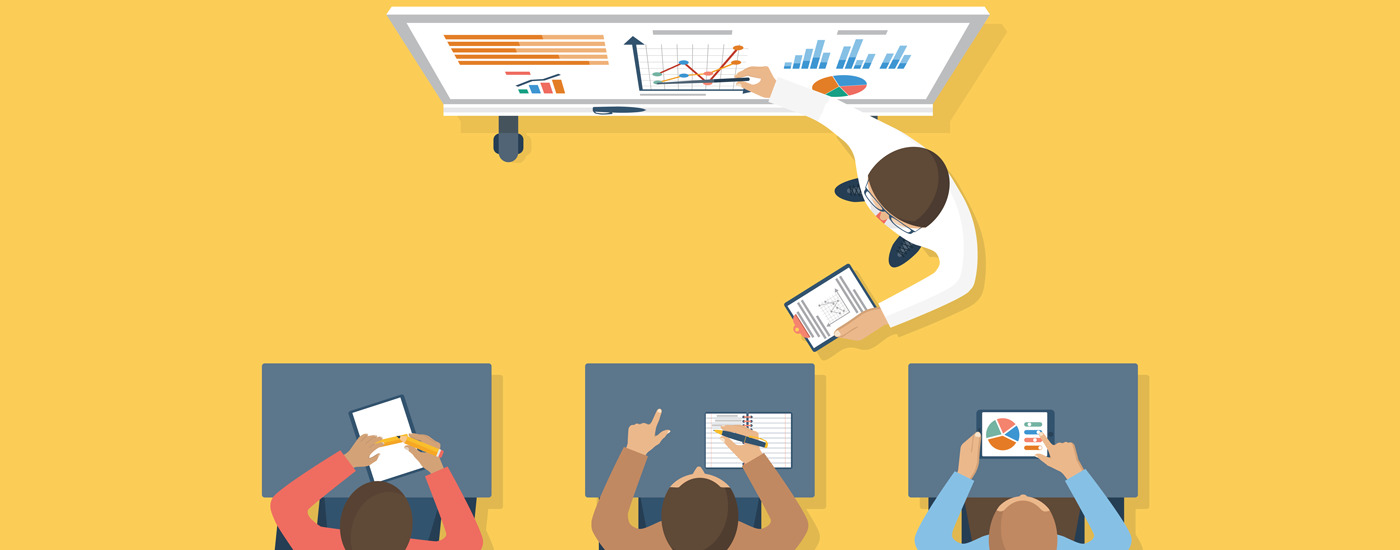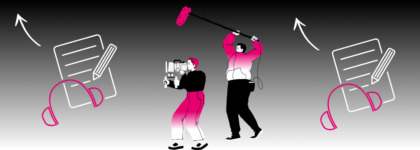Webinar Q&A: How Do Screen Readers Work?
Updated: June 3, 2019
In the webinar, No Learner Left Behind: Designing and Delivering Accessible Learning Programs, Maureen Orey, President of Workplace Learning & Performance Group, teaches about the various aspects of creating an accessible learning program that is also Section 508 compliant.
Below is a snippet from the Q&A portion of the webinar covering how to handle publisher material that isn’t compliant, how to know when alt text isn’t necessary, and how does a screen reader work.
Do you have suggestions for when publisher material isn’t compliant?
MAUREEN OREY: You can push it back to the designer, and tell them to verify that their content is accessible. Have them do the testing. Have them do some redesign, put in alt text, make sure that the infrastructure in, for example, PowerPoint builds makes sense for the content and the reading.
You can push it back to the instructors and link to some information about designing accessible learning content. Or you can redesign it, or verify it. Because at the end of the day, whoever is publishing it to the public, or your clients, or your students, it’s up to you. It’s on you to make sure that that content is accessible.
Can you share an example of an image, or a time, when you maybe wouldn’t need to provide alt text?
MAUREEN OREY: Yes. Is there something that would not be relevant? For example, a company logo. Let’s say you have your company logo on every single slide. You’re not going to read that… it would interrupt the learning content if we were having to read that logo every single time.
And so that would be a good example of when you might not need to have that screen reader read that content. Because it’s not relevant to the content itself.
Is it true that screen readers can only read 125 words?
MAUREEN OREY: That depends on the screen reader because it depends which program they’re reading from. Is it reading from PowerPoint? Or is it reading from a website? Is it reading a Word document? And so then it depends on the program itself that you are utilizing, your screen reader.
How do you screen readers handle formatting? For example, if you use bold fonts, does the screen reader identify that in any way?
MAUREEN OREY: The screen reader can identify it as bold, or italics.
If it doesn’t call out section headings, or bold, or italics, it’s almost as if someone is just reading a story monotone without any particular differentiation. So screen readers can identify section breaks and headers.
Further Reading

Subscribe to the Blog Digest
Sign up to receive our blog digest and other information on this topic. You can unsubscribe anytime.
By subscribing you agree to our privacy policy.






